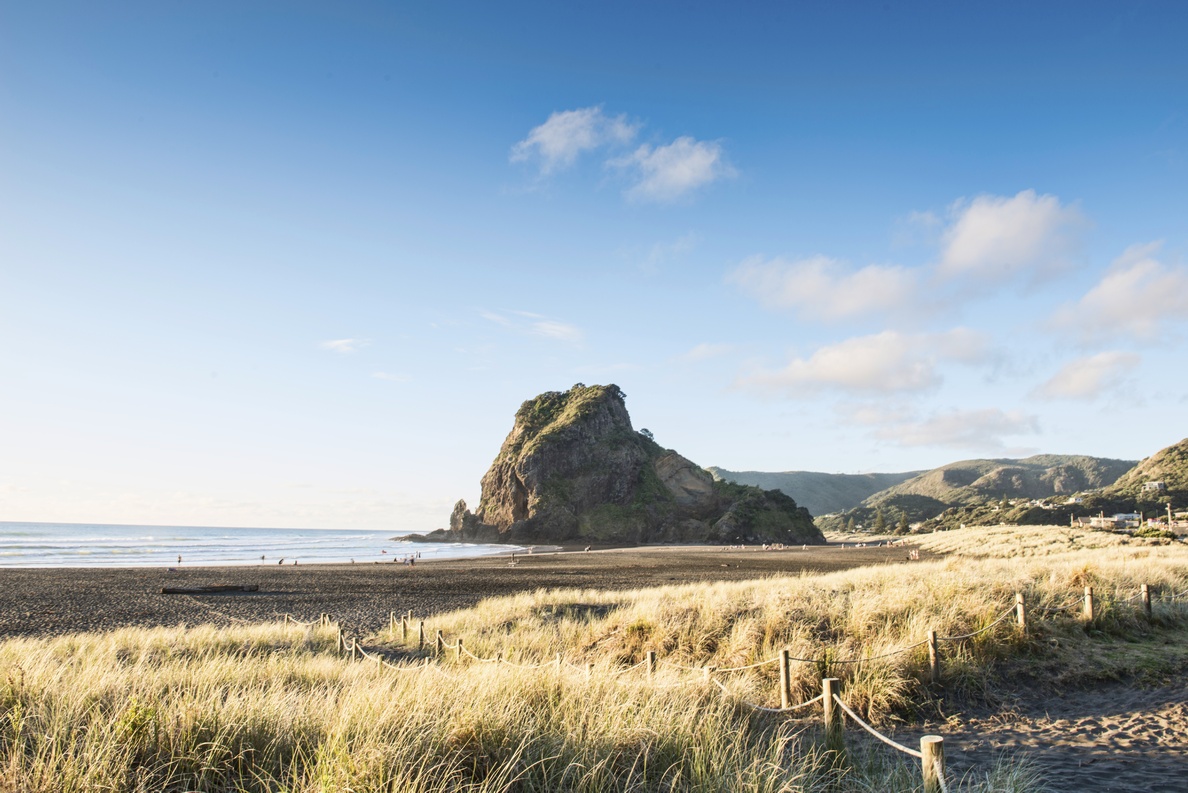Development of an updated coastal marine area boundary for the Auckland region
Author:
National Institute of Water and Atmospheric Research Ltd, NIWA, Scott Stephens, Sanjay WadhwaSource:
Auckland Council, National Institute of Water and Atmospheric Research Ltd, NIWAPublication date:
2012Topics:
EnvironmentExecutive summary
Auckland Council commissioned NIWA to more accurately define the land/coastal marine area (CMA) boundary in the Auckland region, as delineated by a horizontal line of mean high water spring (MHWS) levels along the coast. The present Auckland Regional Plan: Coastal has a CMA landward boundary that was developed in the 1990s and is fairly coarse.
The MHWS elevation was defined as MHWS-10, which is the level equalled or exceeded by the largest 10% of all high tides. MHWS-10 was adopted by NIWA on the basis that 1. It provides a nationally-consistent estimate of MHWS that is unaffected by regional changes in individual tidal harmonic constituents, and 2. The CMA boundary line compared well with aerial photographs when generated using MHWS-10.
The MHWS-10 tide levels were then calculated at intervals along the region’s coastline using available tide-gauge records and hydrodynamic numerical models.
An automated procedure was developed within GIS to produce a Coastal Marine Area (CMA) boundary line based on the intersection of the MHWS-10 levels and LiDAR-generated digital elevation model of the coast.
The new CMA boundary line was validated against aerial photography. The automated procedure worked well along much of the coastline, although it was found that an additional wave setup offset was required along open coastlines to account for the background waves and swell. The automated procedure was less successful in areas with dense mangroves, and where land reclamation has occurred behind stop banks (but is still below MHWS). In these areas the automated procedure still provided an accurate guide to the location of the land–CMA boundary, but the boundary line was “patchy” and required manual editing with the aid of aerial photographs.
Confidence layers within GIS were produced that provide an informed opinion on the accuracy/confidence at different locations along the new CMA boundary, based on the quality of tidal level estimates, coverage of mangroves and the accuracy and quality of aerial photography and LiDAR datasets.
The final product was a line that faithfully reproduces the landward CMA boundary as defined by the intersection of MHWS-10 (and wave set-up on the open coast) with the coastal topography. At the time of writing this line has been included as a component of a spatial toolbox that provides a relatively accurate representation of planning boundaries, and forms an important component of the graphical representation of zones and overlays in Auckland Council’s new Unitary Plan. The updated coastline better matches natural terrain boundaries and aerial imagery and more accurately represents the CMA planning boundary than Auckland Council’s previous CMA boundary line.
While NIWA has made every endeavour to produce a reasonably accurate land/CMA boundary line, the confidence in the accuracy of the boundary line does vary around the Auckland region in relation to the sources of information used, as described in this report. While the supplied land/CMA boundary line overall provides a more accurate boundary for mapping and general planning purposes than that developed in the 1990s for the existing Auckland Regional Plan: Coastal, nevertheless this revised line is no substitute for accurate determination of the MHWS by precise land surveying techniques in relation to individual cadastral boundaries, infrastructure, or setting out new developments or subdivisions.
Auckland Council and NIWA, July 2012
